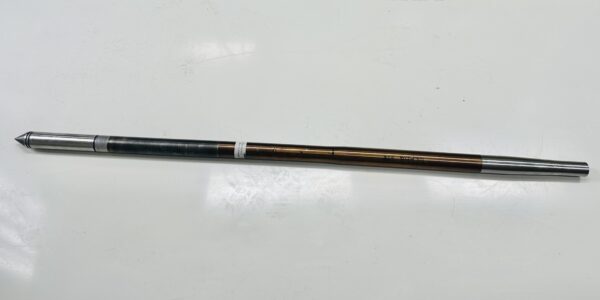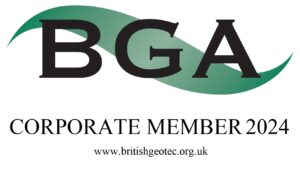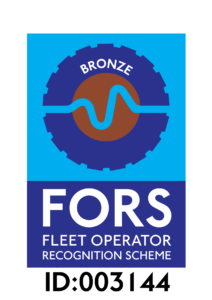
Our modular gamma CPT probe adds a passive natural-gamma sensor directly behind the CPT penetrometer, recording gamma flux every 10 cm. Pre- and post-test calibration in dedicated tubes verifies stability and provides robust quality control, while the compact module and sensor is engineered for minimal impact on probe durability while maintaining high sensitivity.
Natural gamma counts are an effective lithology indicator: clay and clay-rich soils typically produce much higher gamma radiation mainly due to potasium-40, producing higher measured count rates. By contrast, clean sands, chalk and coarse granular materials are weak emitters and produce very low counts. This contrast sharpens stratigraphic boundaries and resolves ambiguities where tip resistance and sleeve friction alone cannot separate fine-grained from non-plastic or carbonate materials. In the UK, this feature is invaluable in identification of the chalk interface.
Gamma measurements are logged during the CPT, enabling immediate, high-resolution correlation between measurements and more confident soil behaviour type assignment—particularly in thinly layered/interbedded sequences or where pore-pressure response is muted above saturated soils.




